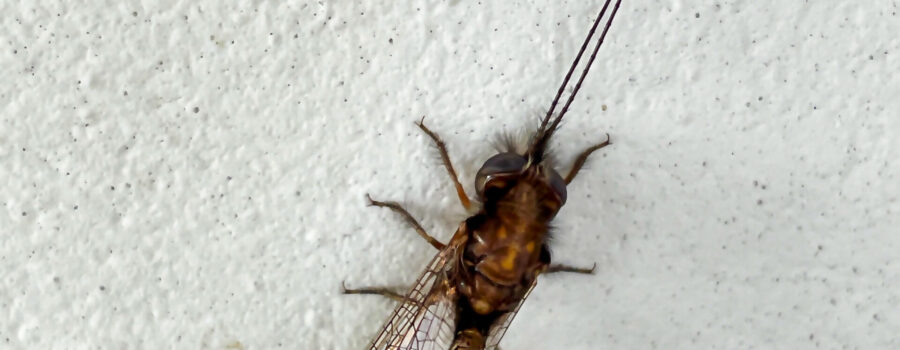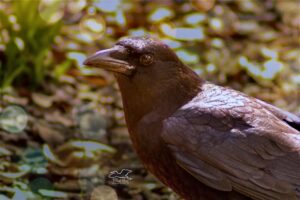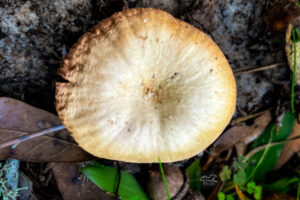Owlflies Can be Unusual and Interesting Looking Little Things

This unusual looking little insect was sitting on the white wall the other morning and I couldn’t help but notice it. At first glance, I thought it was some sort of damselfly, but when I got close enough to really look at it, I knew it wasn’t. My next guess was some type of ant lion, but I had never seen one with such long antennas, large eyes, or such an unusual posture. Whatever it was, it was definitely kind of pretty and the only way to identify it for sure (I don’t always trust my memory for small details) was to get some photos. It definitely was watching me as I moved around it getting the camera closer and coming at different angles, but it never moved anything except those antennas and it’s head. It was so unusual looking that as soon as I finished taking the photos I went to find out what it was. It turns out that it’s an owlfly, which is actually pretty closely related to ant lions and lacewings. This particular individual was a Macleay’s owlfly (Ululodes macleayanus).

Macleay’s owlfly is found in much of the Caribbean, parts of southern North America, and South America. Most species of owlflies live in the tropics, but there are eight species that live in the United States, including the Macleay’s. Macleay’s owlfly is pretty distinct among the owlflies because of it’s rich, rusty brown color. Like dragonflies and ant lions, they are insect predators. Adult owlflies capture smaller insects in flight, while larval owlflies ambush their prey from under the leaf litter. They are totally harmless to people, though and do not bite or sting. Owlflies are not very common and they are a crepuscular species (active at dawn and dusk) so they are not often seen by most people. Why this one was out during the day, I don’t know. I went out to take another look at it about twenty minutes later and it was gone, but I was really glad to get the chance to see one and even to photograph it. Who knows when or if I’ll get to see another.






Recent Comments